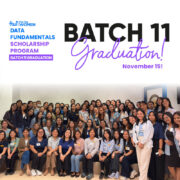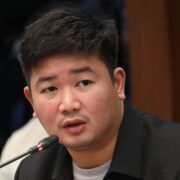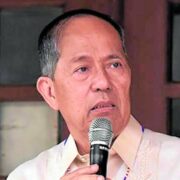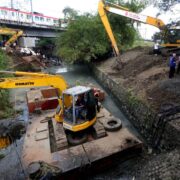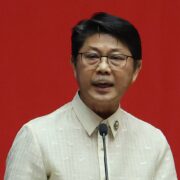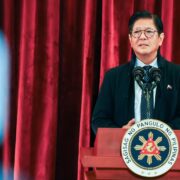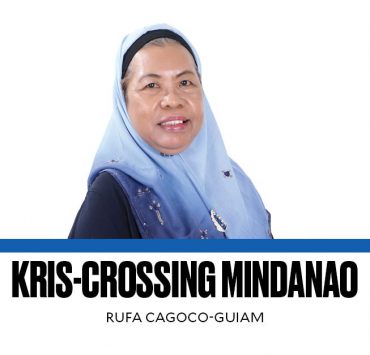Hope and science high schools

Monday’s Inquirer brought pride and hope with a news story about Nathan Wayne Ariston, 22, graduating cum laude from Yale University on May 19 with degrees in Physics and Mathematics. (see “Filipino student from Mindanao graduates cum laude from Yale University,” News, 6/19/25).
There were many reasons to celebrate, including Ariston’s background—foremost his being Teduray, an indigenous Filipino group in Maguindanao, Mindanao—with so few IPs being able to reach college in the Philippines.
Ariston is the son of a farmer and a public school teacher and studied at the Nuro Elementary School in the town of Upi. He had to excel in Nuro to be able to get to the Central Mindanao campus of the Philippine Science High School, in the town of Baloi in Lanao del Norte, where he again excelled and was able to get a scholarship from Yale (which he chose over other United States universities and Nanyang Technological University in Singapore).
Once again, we see how government investments in education can make a difference—in this case, the Philippine science high school (Pisay, PSHS) system, which started with its first campus in 1964 following the passage of Republic Act No. 3661, providing total scholarships for secondary education emphasizing science and mathematics. The first Pisay was in a rented building in Quezon City but later moved to its own sprawling campus.
This first Pisay quickly earned a reputation for being tough but was seen as the way to get into the University of the Philippines (UP), with continuing scholarships through the Department of Science. (Until 2017, UP and other state universities still charged tuition, albeit low ones.)
More Pisay campuses followed through the years, with regional campuses now totaling 16. The campuses are administered by a PSHS System to assure common governance and standards of excellence.
Like UP, Pisay has, through the years, acquired a reputation for favoring upper-income students because of the difficulty of hurdling admission examinations, which meant students had to have a strong foundational education at the elementary level. The fault is with the neglect of our public elementary schools, making it almost impossible for graduates to get into Pisay schools and, for college, UP and many of the state universities and colleges. This is why the news about Ariston getting into a Pisay school after a public elementary education is so encouraging. (Yes, we can credit this achievement as well to having a mother who was a teacher.)
Being in a Pisay school further reduced the chances of low-income students getting into UP after high school.
While an administrator at UP, I did see important transformations at the Pisay schools. For many years, students with the highest scores in the UP college admission tests tended to come from the leading private schools. In recent years, we’ve seen the top students coming more and more from the Pisay network, including those in the regions.
Having students like Ariston making it from the Pisay regional campus in Lanao del Norte to get into Yale is another indicator of rising standards, which is welcome news considering all the other negative assessments that have been coming out in relation to the general educational system at the primary and secondary levels for basics like reading.
When you look at the big names among Pisay’s alumni posted on their website, you do see Pisay’s reputation is built mainly on STEM (science, technology, engineering, mathematics, plus the medical fields) but you’ll also find names like Atom Araullo and Jessica Zafra, Miriam Coronel-Ferrer (who led the peace panel in negotiations toward a Bangsamoro Basic Law) and many more. I do feel we shouldn’t forget, given the emphasis of today’s column, Vicky Tauli-Corpus, known for her international work for indigenous people’s rights.
We should not forget the late Mario Taguiwalo (1951-2012) who was in the first PSHS batch and went on to UP Diliman to get a medical education, which he did while being an activist, writer, and actor. After graduation, he combined his work as a physician and undersecretary of the Department of Health with being a consultant for peace talks with the CPP-NDF.
Even within the sciences, we need to expand options. Graduates of Pisay are required to continue to pursue predefined science and technology fields in college if they are to continue getting DOST scholarships in college. It was the previous Department of Science and Technology secretary Fortunato de la Peña who allowed the inclusion of geography and industrial design in the list of degrees eligible for scholarships. There was talk too about including biological anthropology, but such a degree program continues to be on the drawing boards.
Pisay is one of many scaffolds we need to allow our sciences and education, in general, to flourish.

